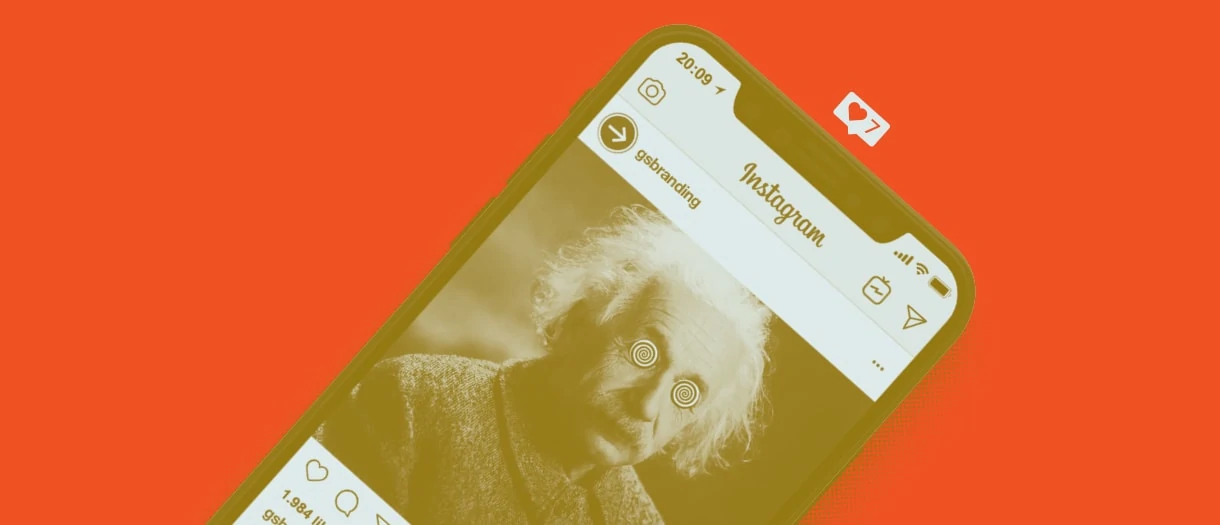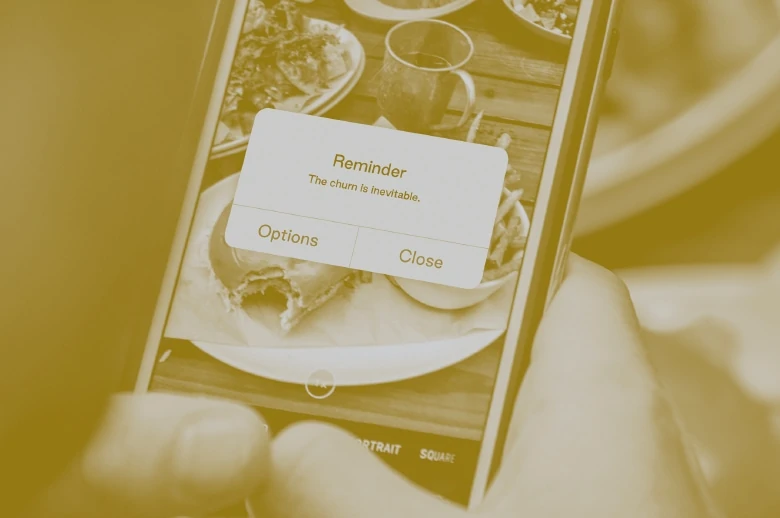Seven rules of influencer marketing

Summary
Between 2017 and 2019, influencer marketing exploded, with budgets more than doubling from $3 billion to $6.5 billion. Since then, influencer marketing has only become
more essential to businesses of all sizes. While it’s one of the definitive trends of the past decade, influencer marketing is not as straightforward as it may seem. For starters, your business may have much less control over your brand and its audience once you start working with influencers. But with proper vetting and a more holistic understanding of how customers interact with your brand, you can unlock the power of this low-cost, high-impact marketing tactic.
Step aside, celebrity endorsement, and make way for influencer marketing.
A 2019 Influencer Marketing Hub report found that:
- Between 2017 and 2018, the number of influencer platforms or influencer-focused marketing agencies grew from 420 to 740.
- Influencer marketing budget growth was estimated to have doubled between 2017 and 2019, from US$3.0 billion to US$6.5 billion.
- Google searches for “influencer marketing” grew 1,500% from 2015 to 2018.
- Instragram usage grew 10 times from 2013 (100 million users) to 2018 (1 billion+).
For the uninitiated, what (or, more accurately, who) is an influencer? In essence, it’s a social media personality with a dedicated fan base that buys into their own personal brand. Influencers differ from traditional celebrity endorsements in that they market their content directly to their audience through social media channels, creating accessibility and accountability that earn them a level of trust extending beyond their own specialized subject. Hence, “influence.”
So, even as Nike shelled out an estimated $1 billion in 2016 to LeBron James for a (so far) fairly traditional lifetime endorsement, that investment may only decline in value as influencers’ market clout grows.
You can harness the power of influence by keeping the following seven rules in mind.

1—Go where the market is.
Influencers are sticking points in an increasingly fragmented market. Fashion labels were perhaps the fastest to leap into this marketing space, sending product samples to popular fashion Instagrammers from Kendall Jenner to Leandra Medine and offering tie-up deals on featured designs.
This one-to-one equivalence is the low-hanging fruit of influencer marketing: get food influencers to eat at your restaurant, get fitness influencers to try out your diet plan. Once you’ve done that, you also need to look to the next-level fruit: find the fashion Instagrammer whose audience would be receptive to a new lifestyle app; the food blogger who can uncover a new angle on a travel destination, etc.
This is essentially the TV model: tapping markets by tracking the intersection of interests and audience types, only with more granularity and differentiation. The key, as always, is to promote your product in a way that stands out enough to have an impact, yet still aligns with the influencer’s established brand.
2—Don’t stop at one. Or two. Or 20.
In addition to tapping different markets, influencers operate on different levels. And just as there’s value in reaching out to multiple markets, there’s value in tapping multiple levels of influencers.
Top-level influencers with millions of fans are essentially the next generation of celebrities, and already blur the line between influencer marketing and celebrity endorsement (e.g., Kendall Jenner). However, the larger the following, the lower the engagement rate: Influencer Marketing Hub found that Instagrammers with more than 100,000 followers only engage an average of 1.5 per cent of their potential audience, while those with less than 1,000 followers engage 8 per cent. A more targeted market is a more engaged market, and you can potentially engage more users with multiple low-level influencers than with a single high-level one.
As early as 2013, Kissmetrics found that major brands were working with 10 to 30 “Pro” influencers and 100 to 300 “Power Middle” influencers to tap the advantages of both tiers. Since then, the industry has matured sufficiently that most high-level influencers are now booked through agents and managers, but many low- to mid-level influencers are still happy enough to casually receive a free product to feature it on their channel, meaning the cost of engaging them is low.
In fact, even high-level YouTubers with a million or more subscribers are still relatively inexpensive to work with, often producing video content for anywhere from a few thousand to a few tens of thousands of dollars, as long as the content aligns with their interests—a drop in the bucket compared to a Superbowl ad or a LeBron James.
3—Vet your influencers—and their fans.
One benefit of influencer diversification is brand insulation: while a single influencer indiscretion (recall the swift downfall of wildly popular YouTuber PewDiePie) can tank an entire advertising campaign, if you have a dozens-strong stable of influencers, it’s harder to harm your brand if one is beset by scandal.
Don‘t let this rule scare you off—old-school endorsements always carried the same risk.
But leave it to the market to come up with a solution: some insurers are now offering “disgrace insurance” to protect against losses of the scandalous kind.
4—Diversify your digital media.
Just as we once chose from among the trifecta of radio, print and television, today’s marketers must also consider the online paradigm of text/photography (blogs, Twitter, Facebook, LinkedIn), pure photography (Instagram) and video (YouTube). As you look to different demographic markets and levels of influence, be sure to engage influencers who work in different forms of online media to highlight different aspects of your brand.
Moreover, keep an eye out for emerging platforms that present an opportunity—however brief—to reap the rewards of early adoption. The next TikTok may come and go in a flash, but that doesn’t mean its influence can’t be tapped in the interim.
5—Treat influence as an experience.
Influence is about experience: how does the influencer interact with this product or service? Those hot fashion Instagrammers aren’t just holding up clothes and smiling: they’re selling the experience of wearing the product, often in an exciting place or with a compelling attitude. Even low-budget “unboxing” videos rack up hundreds of millions of views on YouTube precisely because they walk fans through the vicarious experience of owning something they desire but may not ultimately purchase.
Of course, marketers can still mash an old-world “word from our sponsors” into new media. Amazon’s Audible, for example, pays film critique channels like CinemaSins and How It Should Have Ended to recommend audiobook services at the end of otherwise unrelated videos. But in doing so, Audible is only leveraging half the power of its influencers, drawing on fans’ trust in these content producers while losing out on the benefit of seeing them meaningfully engage with the product. This technique achieves awareness, but engenders very little desire.
To really reach an influencer’s audience, consider how your product can become an experience—and perhaps not in the conventional way. If you’re struggling to think outside the box, this is where the influencer’s own brand can provide the necessary inspiration.
6—Be willing to cede control.
Influencers make their bread on their brands. Everything they introduce, from self-generated content to paid product placement, must resonate with audience expectations. And while a celebrity ad appearance indicates only that the cheque was big enough, the inherent synergy between influencer and audience means the mere appearance of a product on an influencer’s channel stands as a form of active endorsement.
Of course, this is a double-edged sword: while you can consult with an influencer, what they ultimately do with your product or service is largely out of your control. You may stipulate the number, timing and format of social media posts, but tweaks and edits may or may not be in the cards. And if your offering is lousy—or can be grossly misused (keep running, Tide Pods)—you will want to steer away from certain disruptive influencers altogether, because their personal brands are always going to trump your desires.
7—Think of influence as a wheel.
While traditional ad campaigns operate through repetition, a single influencer engagement almost instantly disappears into the ether. Within as little as an hour, the influencer has moved on to different content, and the fans have gone along with them.
To keep your product fresh in the minds of users, you need to either find different ways to engage the same influencer, or different influencers to engage a similar market. Of course, select influencers can be turned into brand ambassadors, but they have to truly and legitimately love your brand—and if your brand isn’t ready for love, no (ordinary) amount of money can buy it.

The transient nature of influencer marketing requires an ongoing engagement effort with anywhere from dozens to thousands of individuals, each effectively acting as a microbranding agency that constantly demands either new products or new ways to engage with the same product—or replacing them altogether. While there are more and more tools out there, such as GroupHigh and BuzzStream, that can help streamline the contact phase, maintaining communication and keeping influencers engaged is still a full-time job—or the job of an outside agency, depending on the size of your company. Management tools like Tapfluence and Upfluence make it easier.
The churn is inevitable. Don’t fret it: embrace it. Even influencers who have dropped out of your “current” list still have value if you keep in touch, and may be re-engaged later.